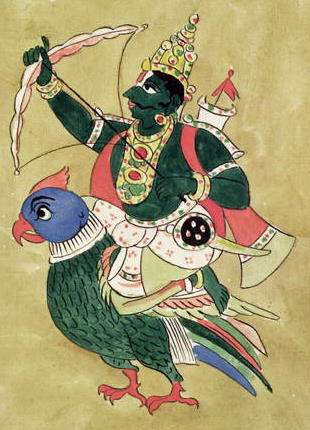Mighty
oceans of darkness gently flow
Shiny
pearls like stars brightly glow
Sensation
of your elegant bloom
Appears once in a blue moon
Suspending
on a rough spiky surface
Swaying like a pretty young princess
Blooming
throughout one summer night
Until become whole and bright
Seducing
enigmatic fragrance of absolute divine
Mesmerizing sweet scent of
mother natures design
Precious
wonder under the calm moonlight
You are the gracious Queen of the
Night
©
Hemakumar Nanayakkara
ce
in a blue moon
'Queen
of the Night'
The
most delicious, sultry, purple tulip in my garden.
Tulip: from the latinized version of the Turkish word for Turban, 'Tubend'. Most likely because the shape of the flower resembled a turban.
The Black Tulip
'Queen of the Night'
Drama and Elegance
There's something truly magical and mesmerising about the dark lustre of this beautiful tulip. Every
Spring I wait patiently for my purple Goddesses to rise and display their
sultry heads. And throughout the day I watch and marvel as the
changing sunlight changes their purple hues from lightest violet to
deepest burgundies and in the shadows almost black.
History and Literature
'To
have discovered the black tulip, to have seen it for a moment...then
to lose it, to lose it forever!'
from 'The Black Tulip' by Dumas
Alexandre Dumas
In Alexandre Dumas's novel 'The Black Tulip', its central character, Cornelius, devotes his life to cultivating a black tulip in
order to win the prize of 100,000 guilders. But his jealous neighbour, Boxtel,
tricks him into being arrested and he is flung into jail. There he meets the prison guard's beautiful daughter, Rosa, who he entrusts his black tulip bulbs to and who eventually becomes his rescuer.

Alexandre Dumas by Achille Devéria (1829).
History of the Black Tulip
Since the publishing of Dumas's novel 'La Tulipe Noire', in 1850, generations of Dutch Tulip growers have been inspired to try their hand at creating the Holy Grail of Tulips: The Black Tulip.
In 1937, the grower, C. Keur, registered his exotic 'Black Parrot', tulip. This was followed in 1944, by the still today very popular 'Queen of The Night', created by J.J. Gruellman. In 1955, M. Van. Waveran's, 'Black Beauty', arrived on the scene. But despite all three being unquestionably the deepest and darkest of all tulips, they were still in fact all darkest purple.
Today, we have the very darkest of all tulips ever created, the 'Paul Scherer. Cultivated by the Dutch flower grower Hageman. This specimen was created by cross-pollinating two of the deepest purple tulips, The Queen of the Night and Wienerwald tulips. And, although it can never claim to be completely and truly black, it is undoubtedly the darkest beauty to date.
The Paul Scherer Tulip- Currently the blackest of the black Tulips
White tulip unfurling in the morning sunlight with purple tulips in background by Flavia Brilli
Roman Mythology
According to Roman mythology, the Tulip was once a beautiful Dalmatian nymph, whose sea God father endowed her with his love of bright changing colours.
One day, the God of Spring, Vertumnus, spied the colourful nymph playing by a stream, and was so captivated by her beauty that he tried to take her by force.
Fortunately, her cries were heard by the rural powers, who changed her into a flower of many hues, and Vertumnus was thwarted.
Love Nymph by Anders Zorn 1885
Emperor Rudolf II as Vertumnus, the Roman god of Spring and the seasons by Guiseppe Archimboldo
PRINTS FOR SALE



Copyright Notice
All images/articles contained on this site are subject to UK and European copyright Laws and remain the property of the photographer/author, Flavia Brilli, at all times.
A selection of images on this website may be purchased through this blog's PRINTS FOR SALE PAGE or by clicking on the FINEARTAMERICA links above.






















































